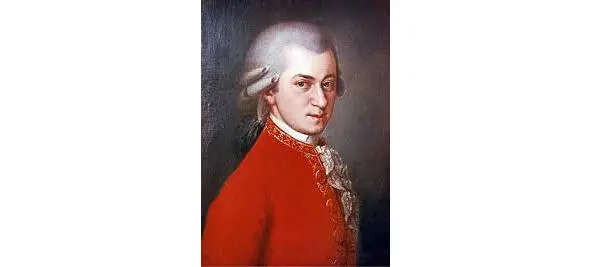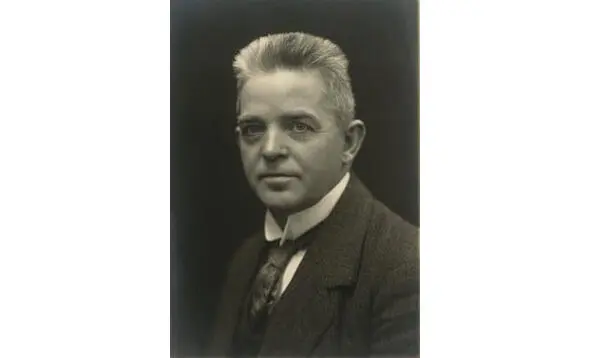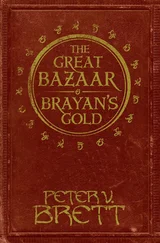10. On February 21, 1911, Mahler conducted his final concert at New York’s Carnegie Hall. He was severely ill afterwards and confined to bed. He traveled back to Vienna, where he died on May 18, 1911.

Felix Mendelssohn (1809—1847)
1. Jakob Ludwig Felix Mendelssohn was born February 3, 1809 in Hamburg, Germany. He came from a wealthy family who mixed with many of Germany’s leading artists and musicians. A frighteningly clever child prodigy, the young Felix excelled as a painter, poet, athlete, linguist, and musician.
2. In 1812, the family moved to Berlin, Germany, where his father established himself as a banker, converted to Protestantism, and changed the family name to Mendelssohn-Bartholdy.
3. Felix began taking piano lessons from his mother at age six. After the family moved to Berlin, Felix and his three siblings all studied piano. He made his public debut at the age of nine.
4. Between the ages of twelve and fourteen, Mendelssohn wrote twelve string symphonies influenced by Bach, Beethoven, and Mozart. His first published work, a Piano quartet , was written by the time he was thirteen. At fifteen, he composed his first symphony for full orchestra. The following year, Mendelssohn completed his String Octet in E-flat major, the first work which demonstrated his true genius.
5. In 1829, Mendelssohn organized and conducted an acclaimed performance of Bach’s St. Matthew Passion , which had by then been quite forgotten. The success of the performance – the first since Bach’s death in 1750 – played an important role in reviving Bach’s music in Europe.
6. Mendelssohn traveled widely and made his first of ten visits to Britain in 1829. Afterwards he headed off to Italy. The buoyant and optimistic mood with which his Italian Symphony begins bears all the hallmarks of a happy man, eager to make his mark on the work and express his travels through music.
7. Mendelssohn was a lover of Britain and the people of Britain loved him and his music back in equal measure. He traveled throughout the country, with trips to Scotland sparking two of his best loved works – Scottish Symphony and Hebrides Overture .
8. Mendelssohn was an excellent watercolor painter. He also maintained an enormous correspondence which illustrates his wit. Sometimes he would draw sketches and cartoons in the text of his letters.
9. Along with composing, Mendelssohn was a highly proficient conductor, being given the position of music director at the Leipzig Gewandhaus Orchestra in 1835 when he was just twenty-six years of age. His concert programs included many of his own works as well as pieces by his contemporaries. He was deluged by offers of music from rising composers including Richard Wagner.
10. Mendelssohn suffered from poor health in the final years of his life. A hectic final tour of England left him exhausted and ill. He died aged 38 after a series of strokes. Mendelssohn once described death as a place “where it is to be hoped there is still music, but no more sorrow or partings.” Jakob Ludwig Felix Mendelssohn died November 4, 1847.

W.A.Mozart (1756—1791)
1. Baptized as Johannes Chrysostomus Wolfgangus Theophilus Mozart, born on January 27, 1756 in Salzburg in what is now Austria. His parents had six children, but only he and his eldest sister, Maria Anna, nicknamed “Nannerl” survived infancy.
2. His father, Leopold Mozart, was a native of Germany and also composed music, but was primarily a musician for the Prince Archbishop of Salzburg and pedagogue. He wrote a violin textbook which was well received when published in the same year Mozart was born.
3. Mozart began his training at the age of five and could play the clavier faultlessly. He had already begun composing small snippets of music by that time. Wolfgang’s father was his teacher, instructing him in languages and other academic areas.
4. From the time he was seven in 1762, he began traveling with his family to perform in various locations around Europe. While traveling with his father to Rome, having heard Allegri’s Miserere in the Sistine Chapel, Mozart transcribed it by ear, creating an unauthorized copy of a work which was jealously guarded by the Vatican.
5. Constanze Weber was Mozart’s wife, and her father Fridolin’s half-brother was the father of composer Carl Maria von Weber. Constanze had three sisters, Josepha, Aloysia and Sophie, who were all were trained as singers and later performed in premieres of a number of Mozart’s works.
6. His first symphony was written when he was only eight years old. He composed over 600 works which are cataloged in the “Kochel” and numbered according to the order in which they were composed. Mozart’s Requiem Mass was composed in 1791 and was left unfinished at the time of his death. Mozart composed Requiem with the belief it was for himself. The work was commissioned by an anonymous nobleman, who had intended to pass off the work as his own. The catalog’s number for Requiem is K 626.
7. Mozart was awarded the Order of the Golden Spur, a prestigious papal order of knighthood bestowed upon individuals who have contributed to the fame of the Church, by Pope Clement XIV in 1770 for his many religious compositions.
8. The Magic Flute was the last opera Mozart composed and premiered on September 30, 1791, roughly three months before he died. Mozart himself conducted the orchestra, while the librettist, Emanuel Schikaneder, sang the role of Papageno.
9. Interestingly, his lifelong rival Antonio Salieri claimed he had poisoned Mozart, but this was never verified and regarded to have been false. No one is quite sure of the exact cause of his untimely death, although many people have speculated on the source.
10. Mozart died on November 20, 1791. Joseph Haydn once told Mozart’s father, “I tell you before God, and as an honest man, your son is the greatest composer known to me by person and repute, he has taste and what is more the greatest skill in composition.”

Carl Nielsen (1865—1931)
1. Nielsen the seventh of twelve children born to a poor peasant family in 1865 at Nørre Lyndelse near Sortelung, south of Odense on the island of Funen.
2. His poor, but not unhappy, rural youth Nielsen described in a moving memoir, My Childhood (1927), a classic of Danish literature.
3. Taking up the fiddle as a boy to accompany his father at dances, he used it to make a living while composing and landed a job as a second violinist in the Chapel Royal. After 16 years he had still not made it into the firsts. In 1905, a year before the premiere of his opera Maskarade and when he was by now conducting regularly, he was humiliated by the management when they stated he could either return to the second violins or leave. For everyone else’s sake, the Swedes at the Gothenburg Symphony Orchestra were more appreciative.
4. Nielsen’s opinions on other composers was often very catty. Richard Strauss, for instance, was “a most unsympathetic person; a social climber who is already trying to play the great man.” Nor was he afraid to be provocative – “Beethoven, for all his great compositional power, is really only a lyricist.” In most cases, though, history has proved him right.
Читать дальше















